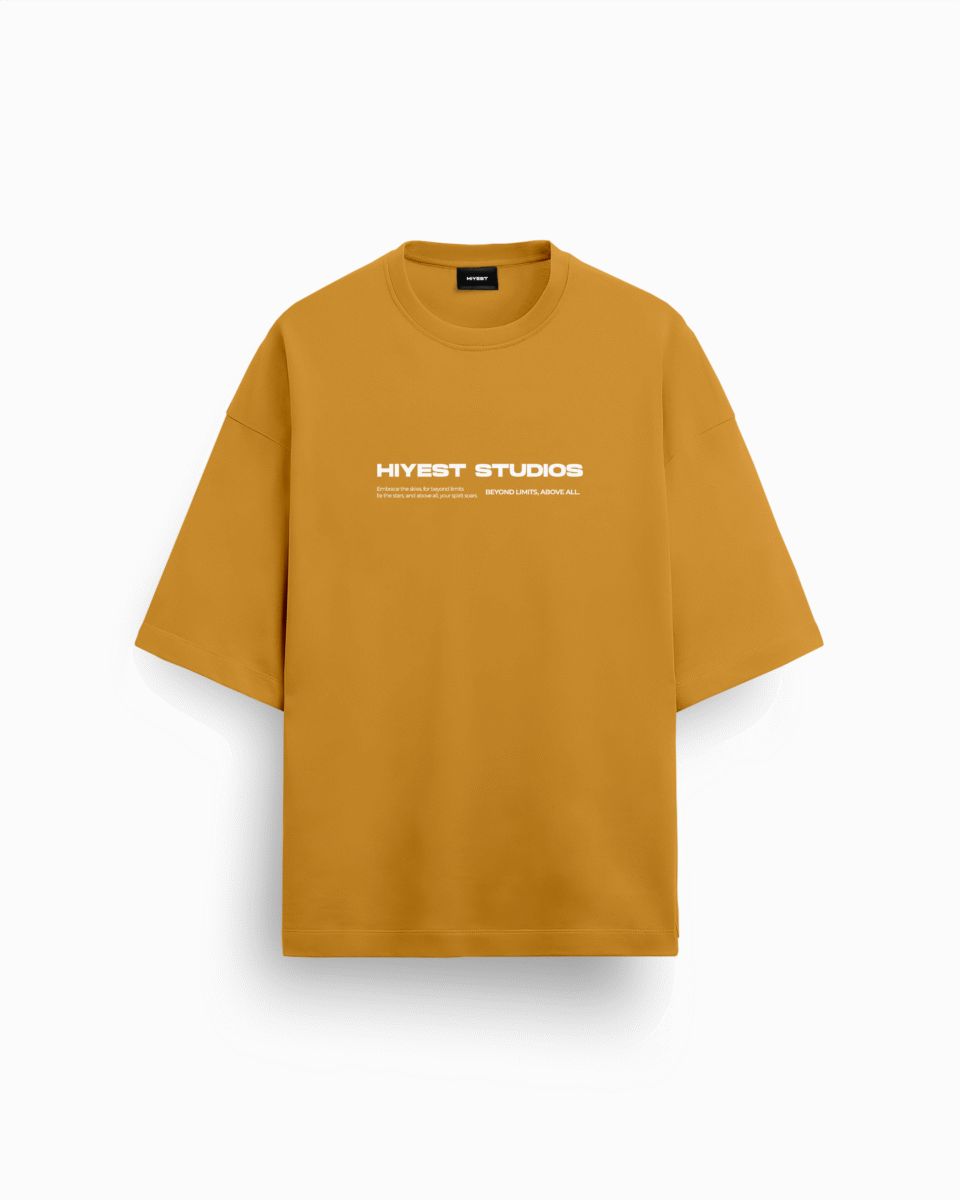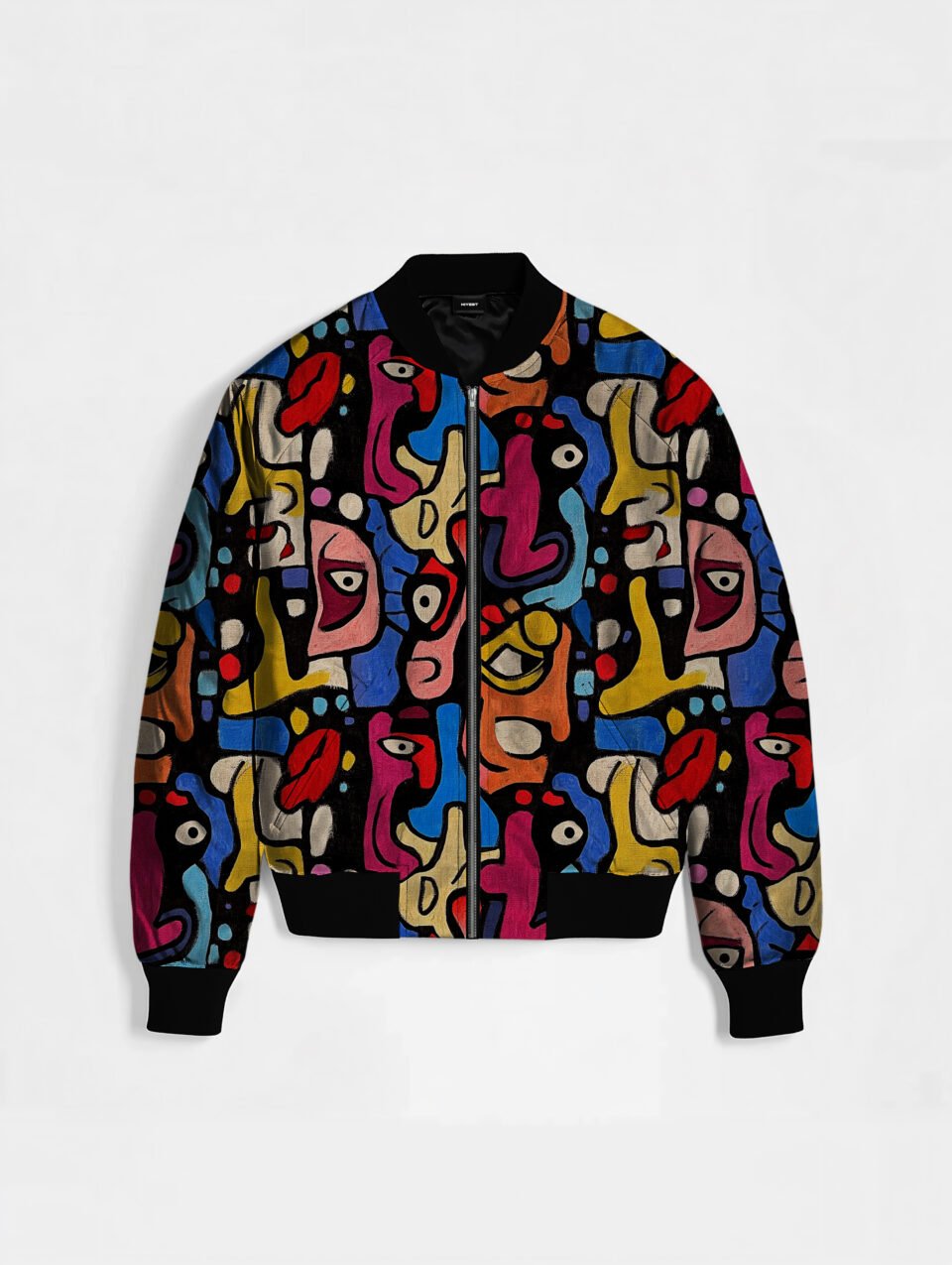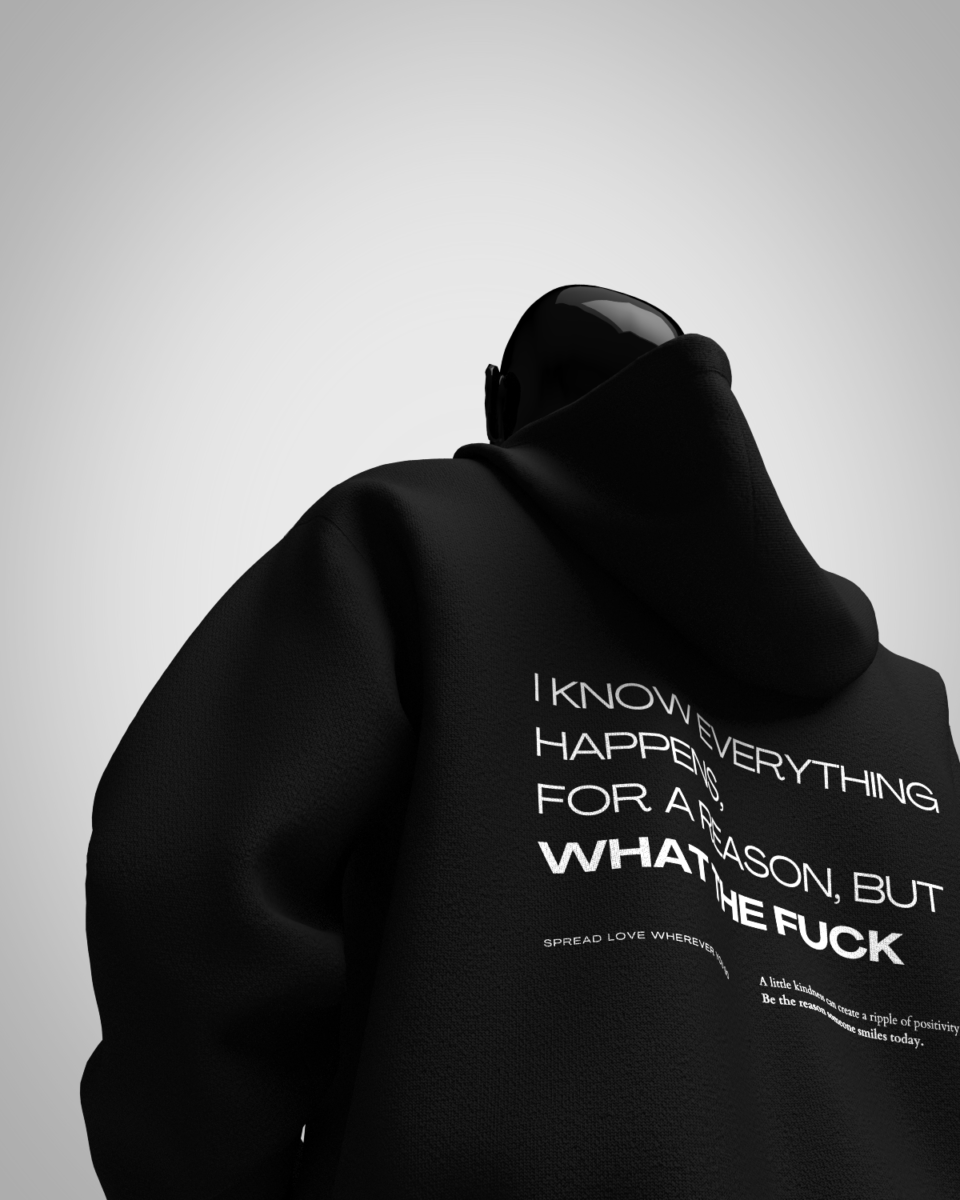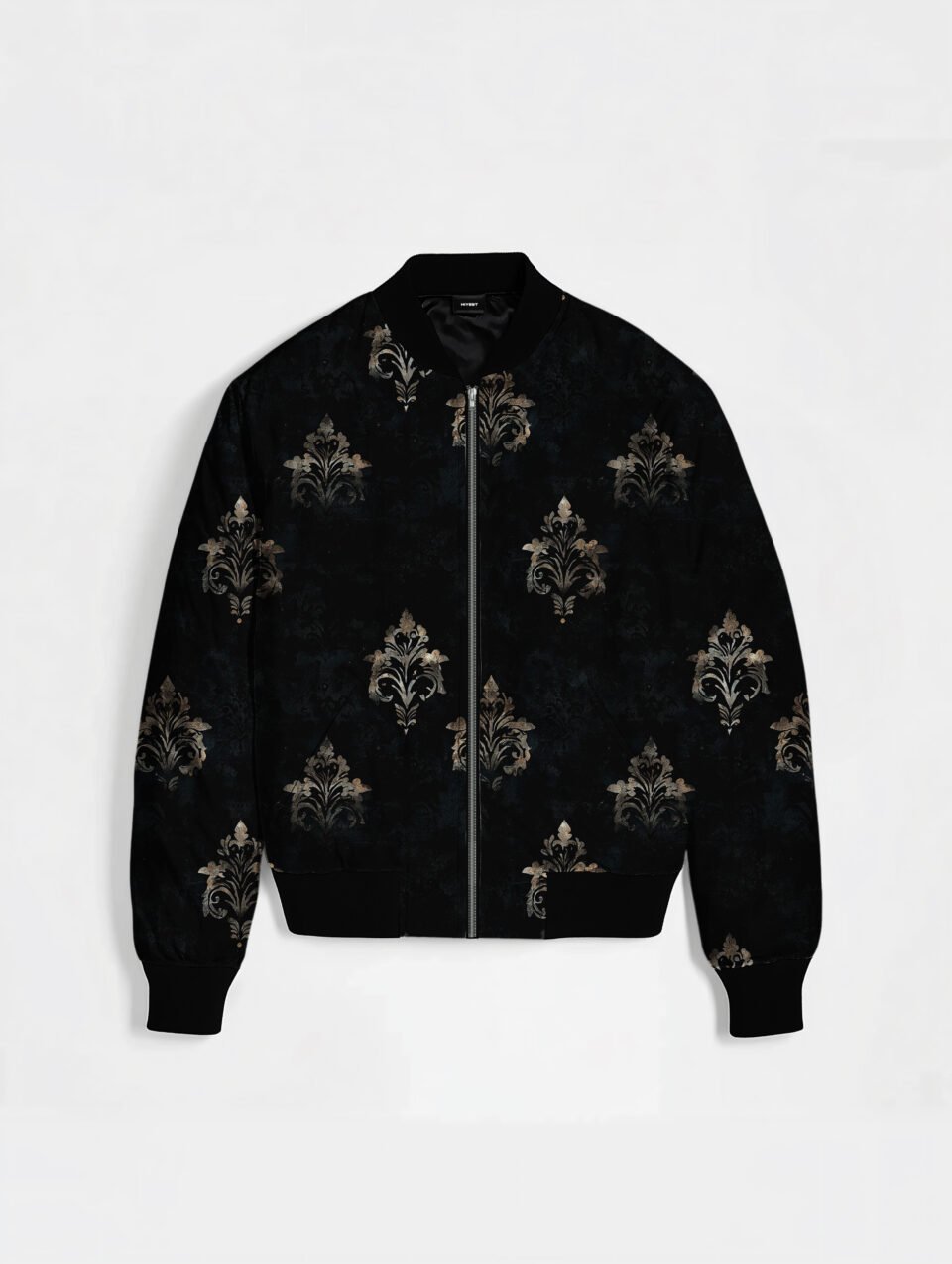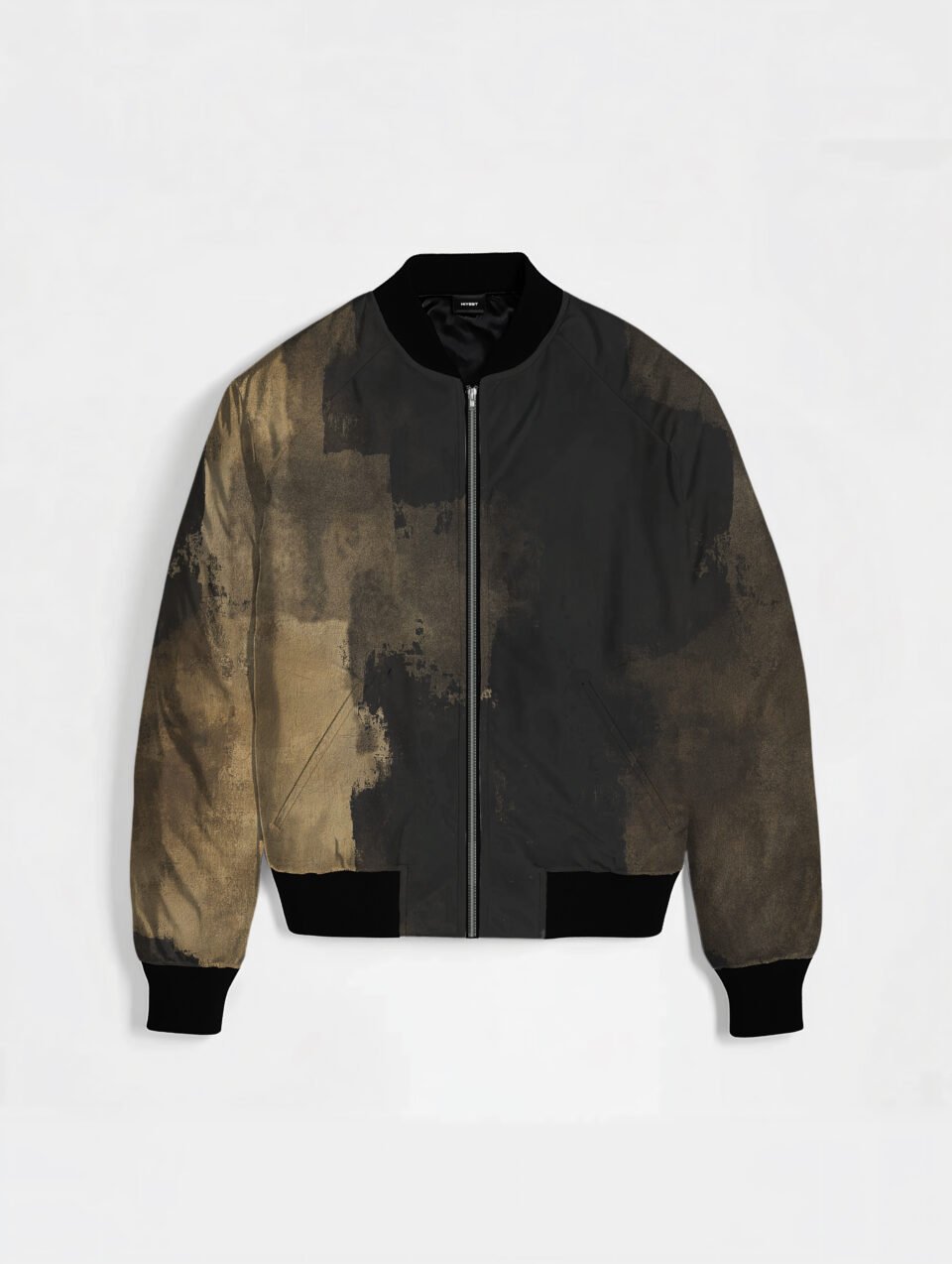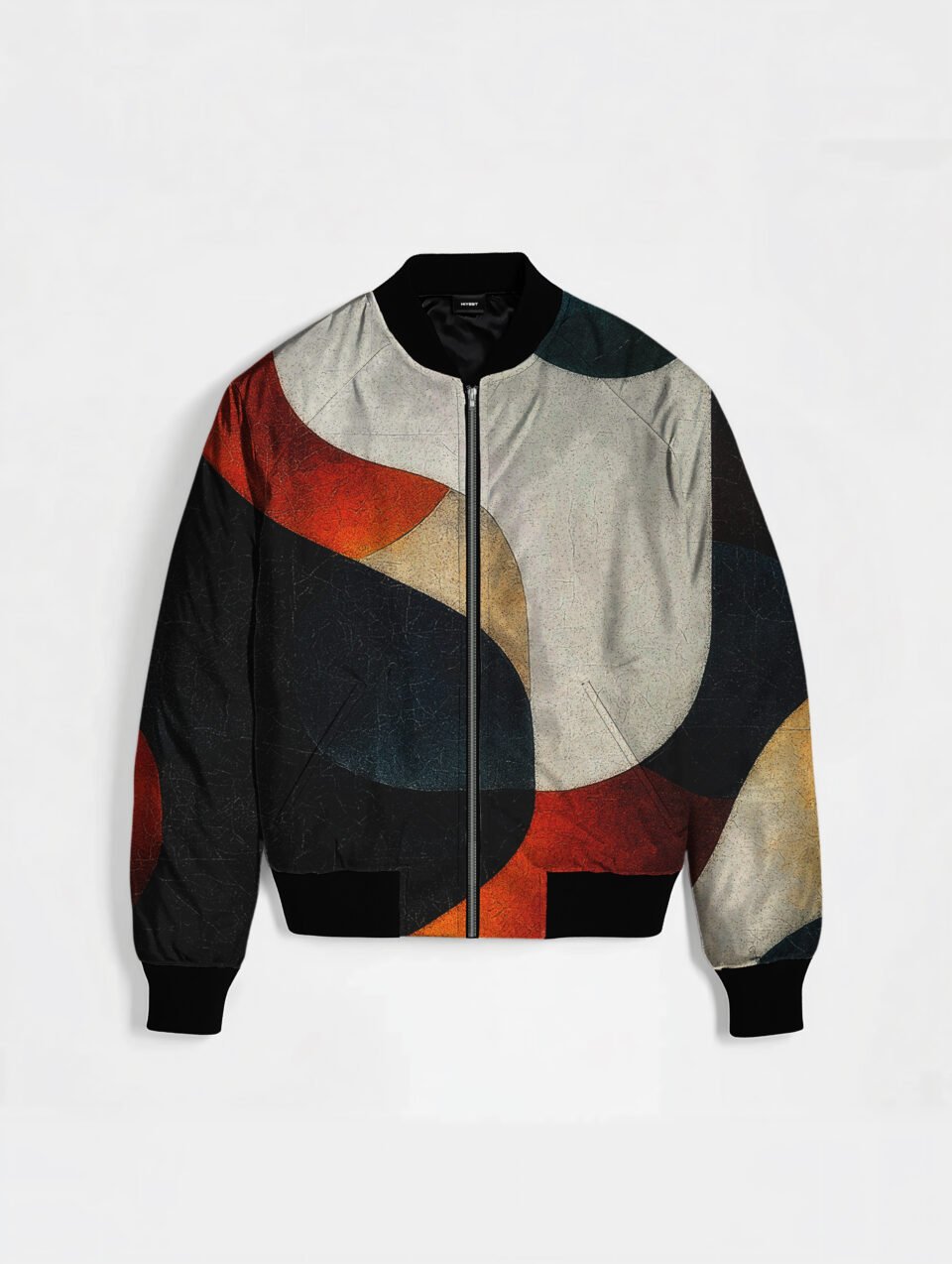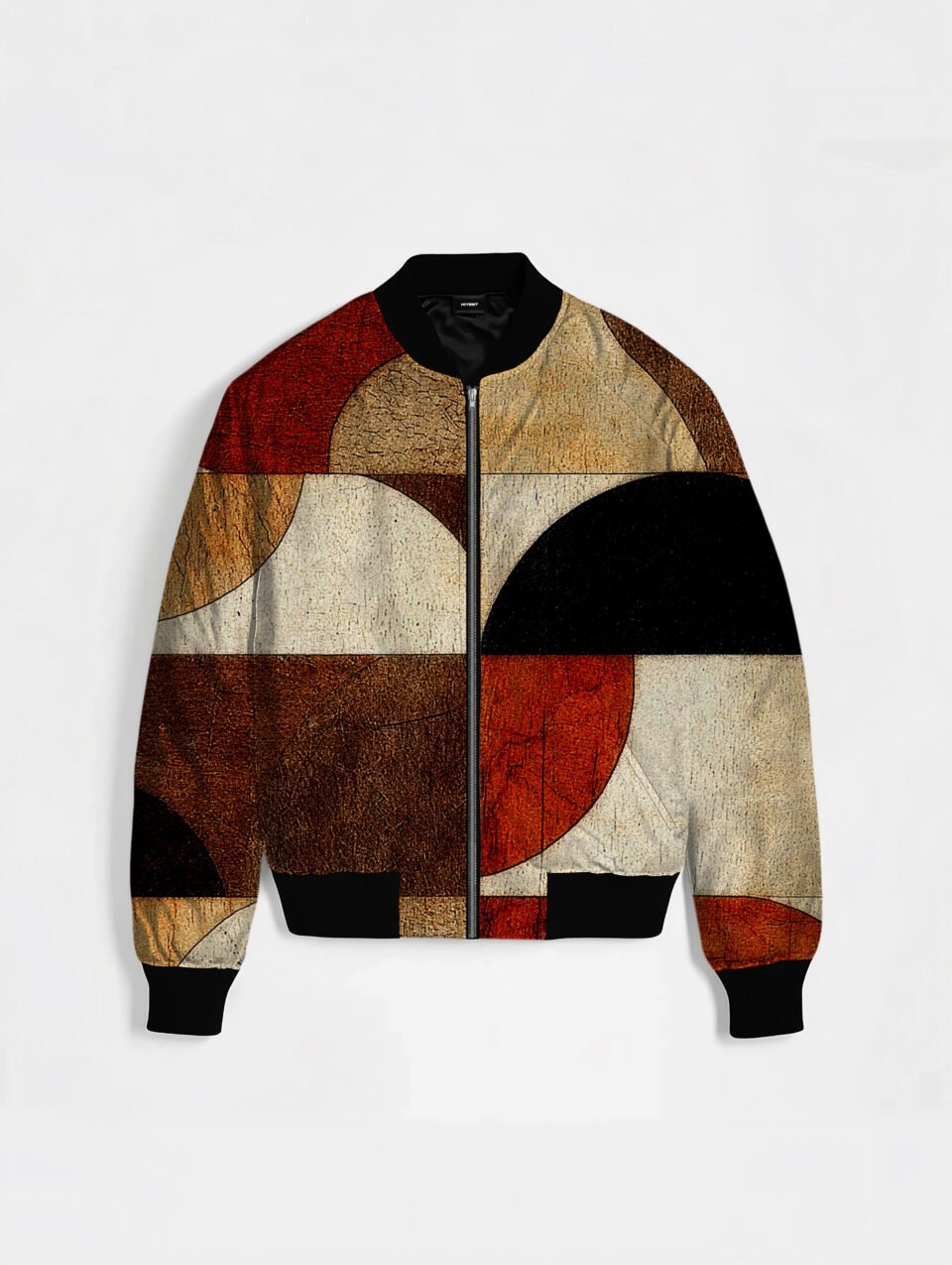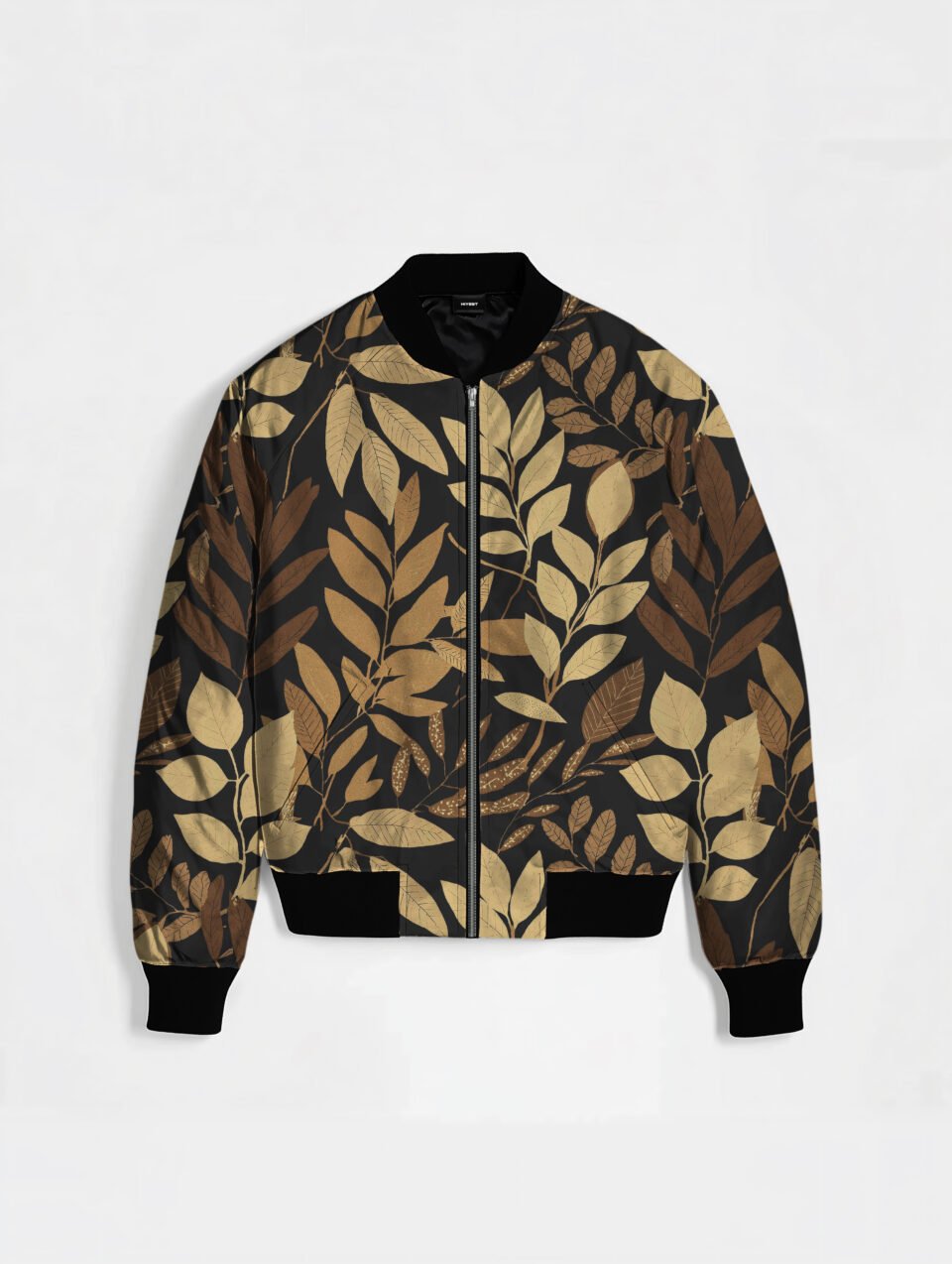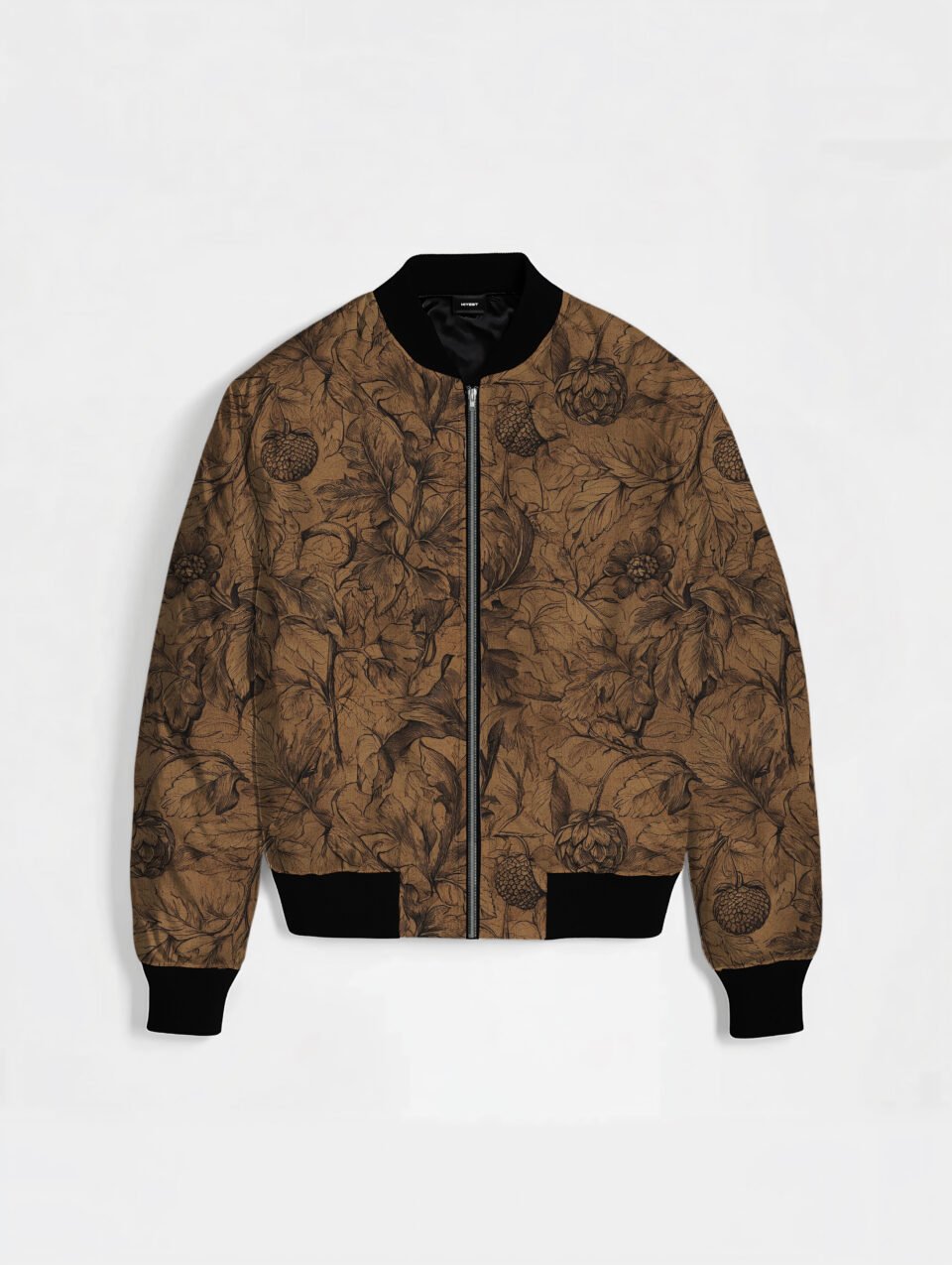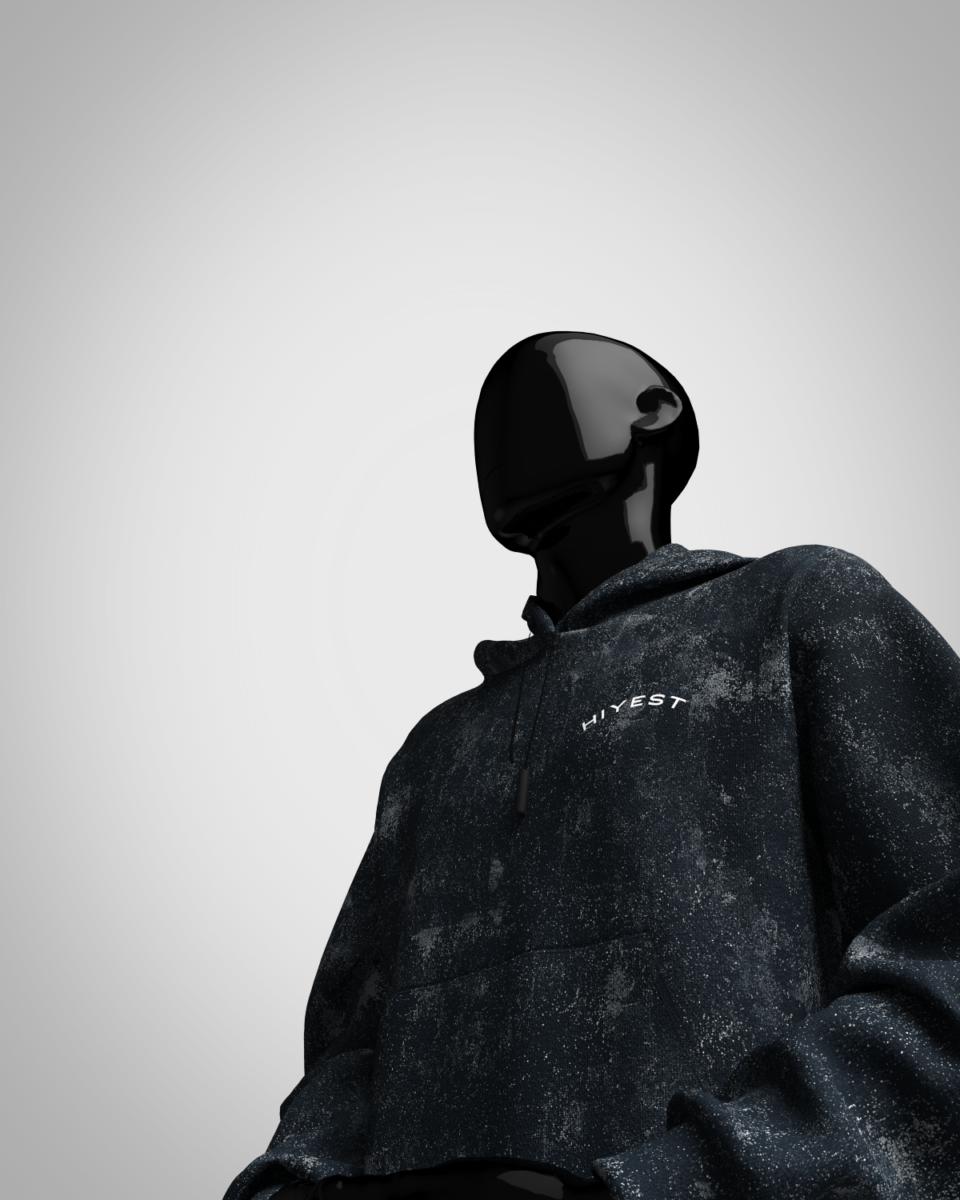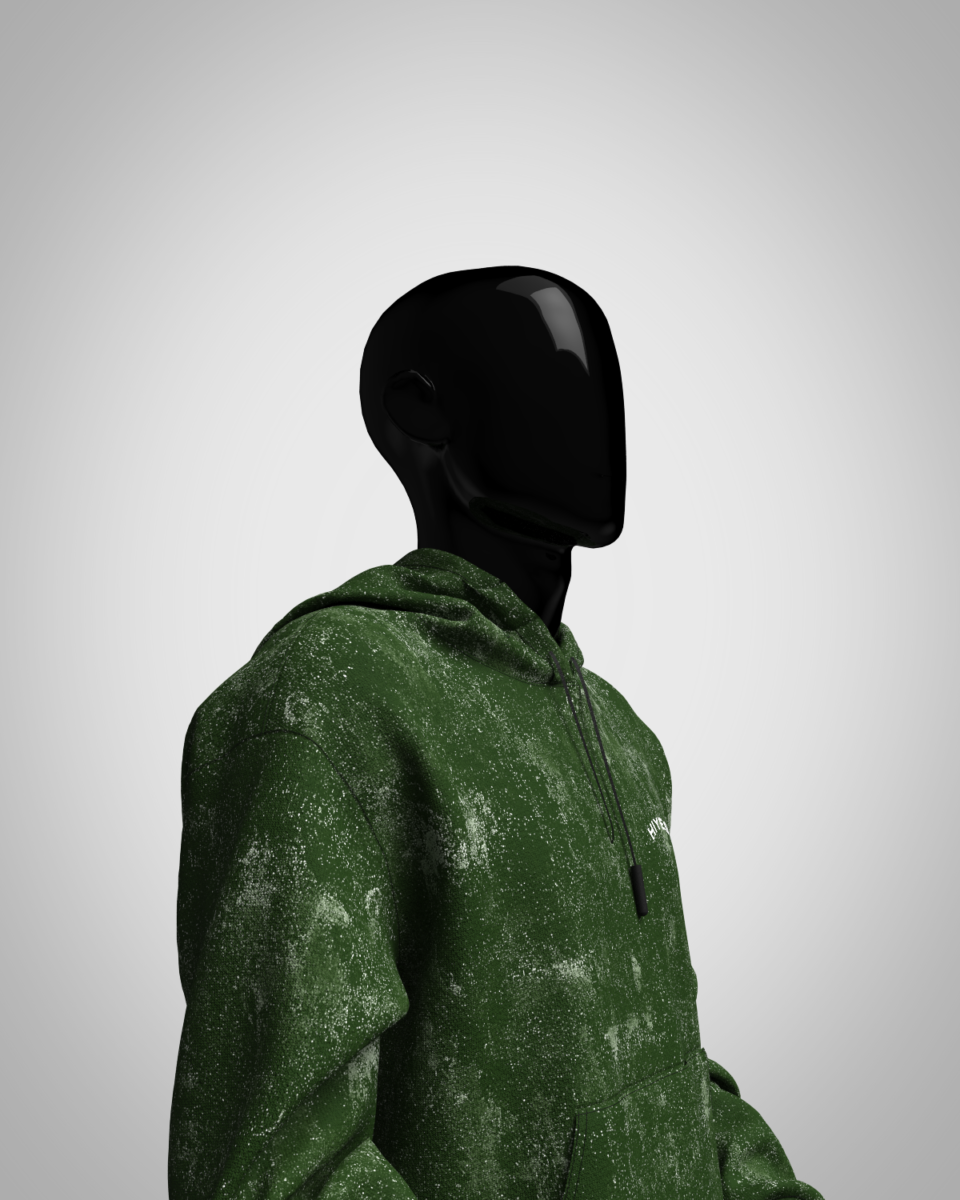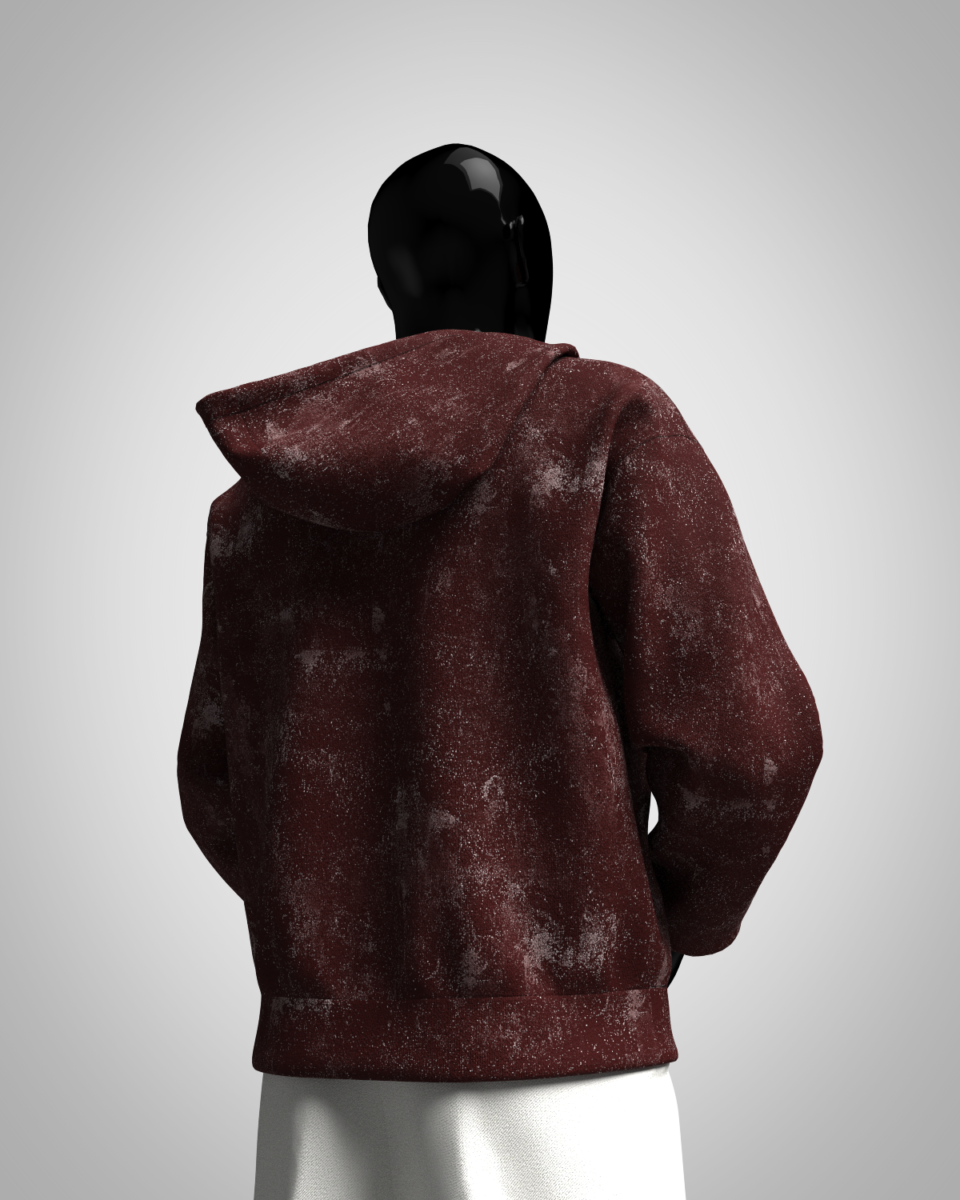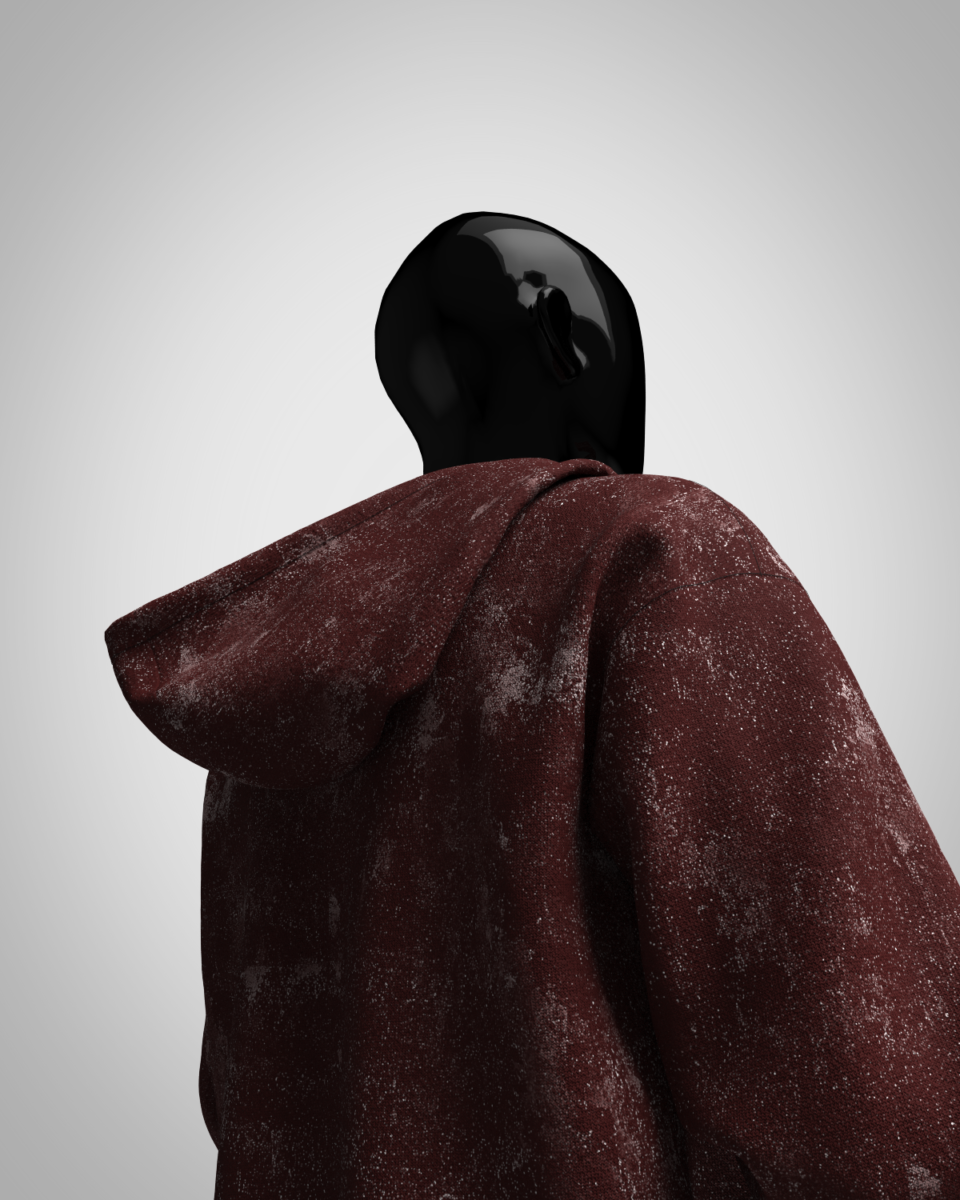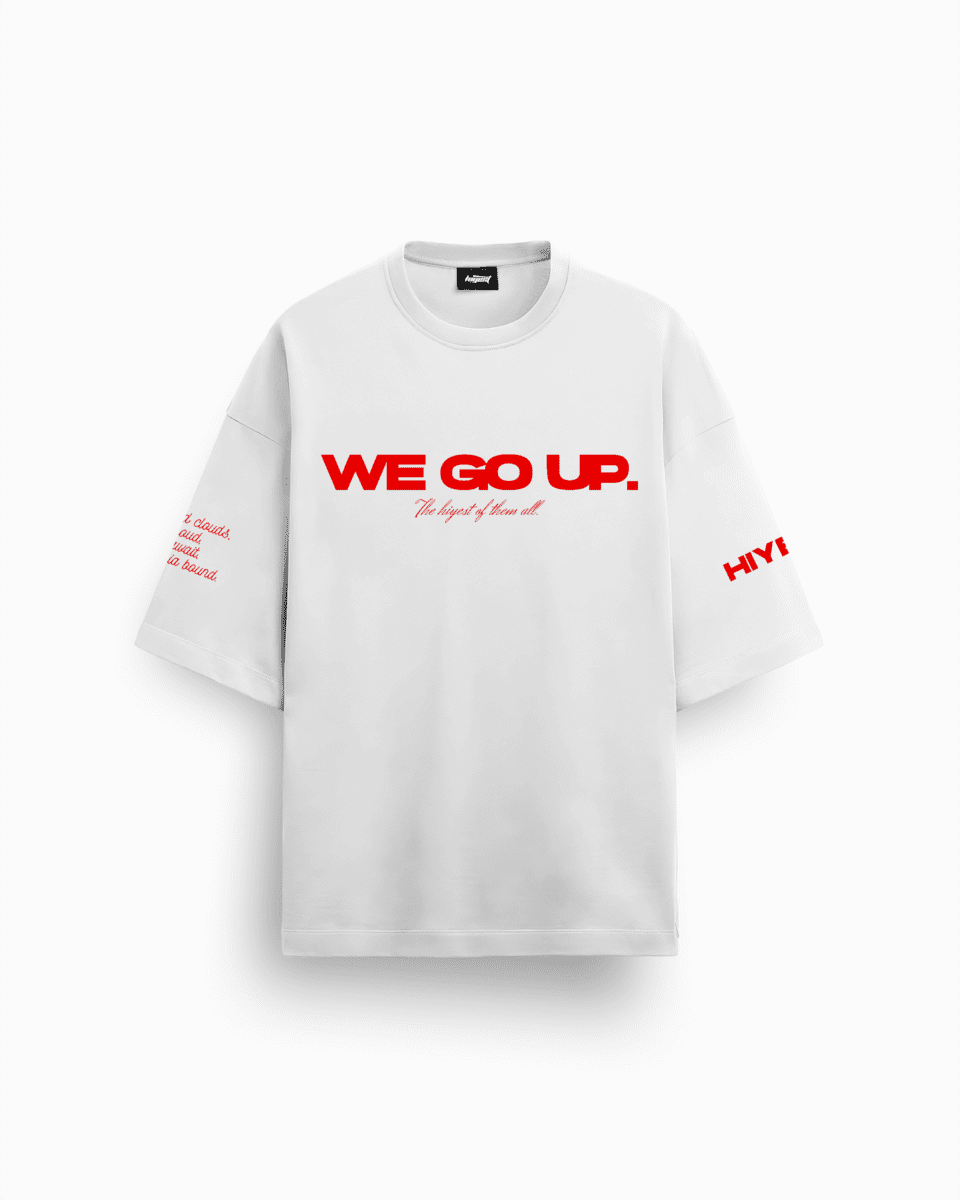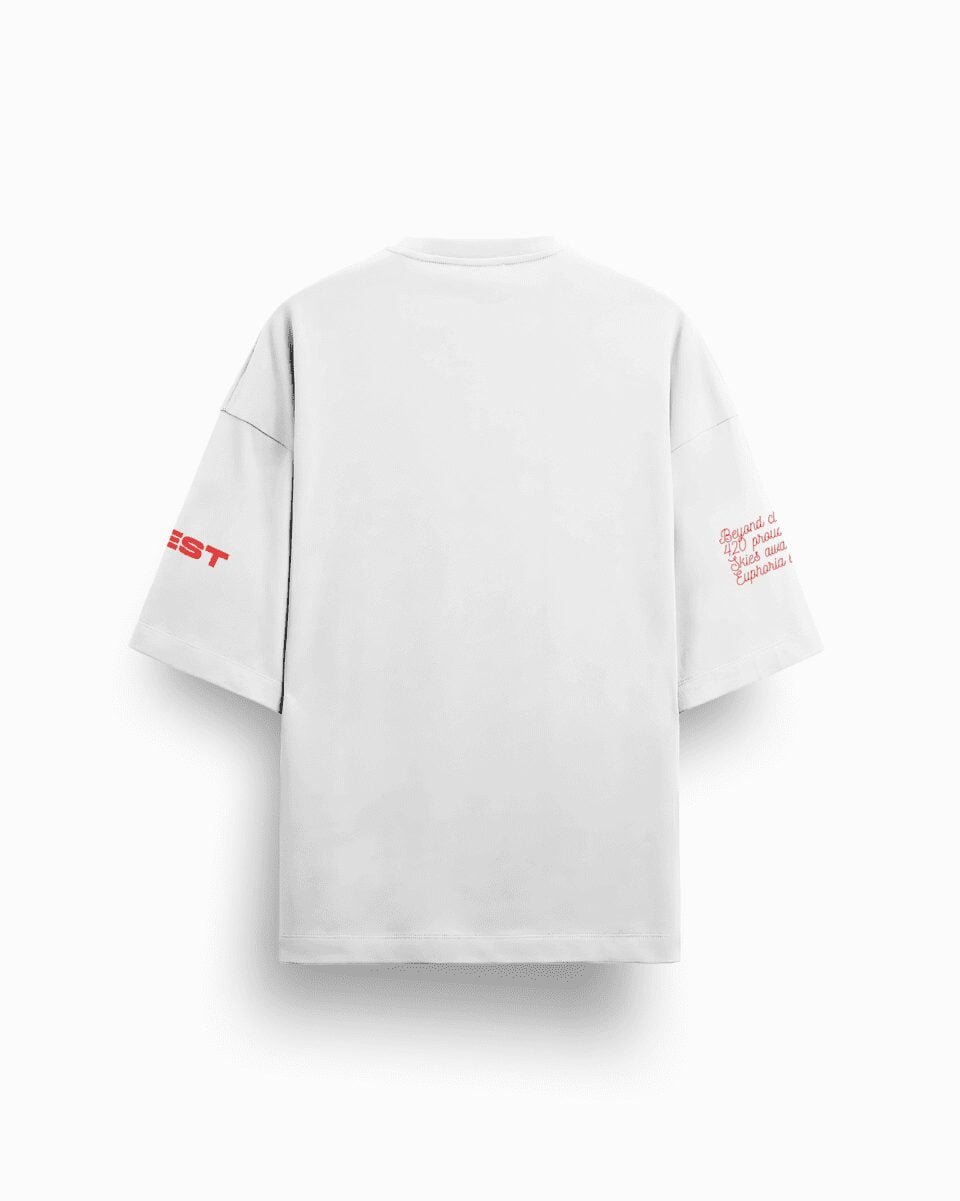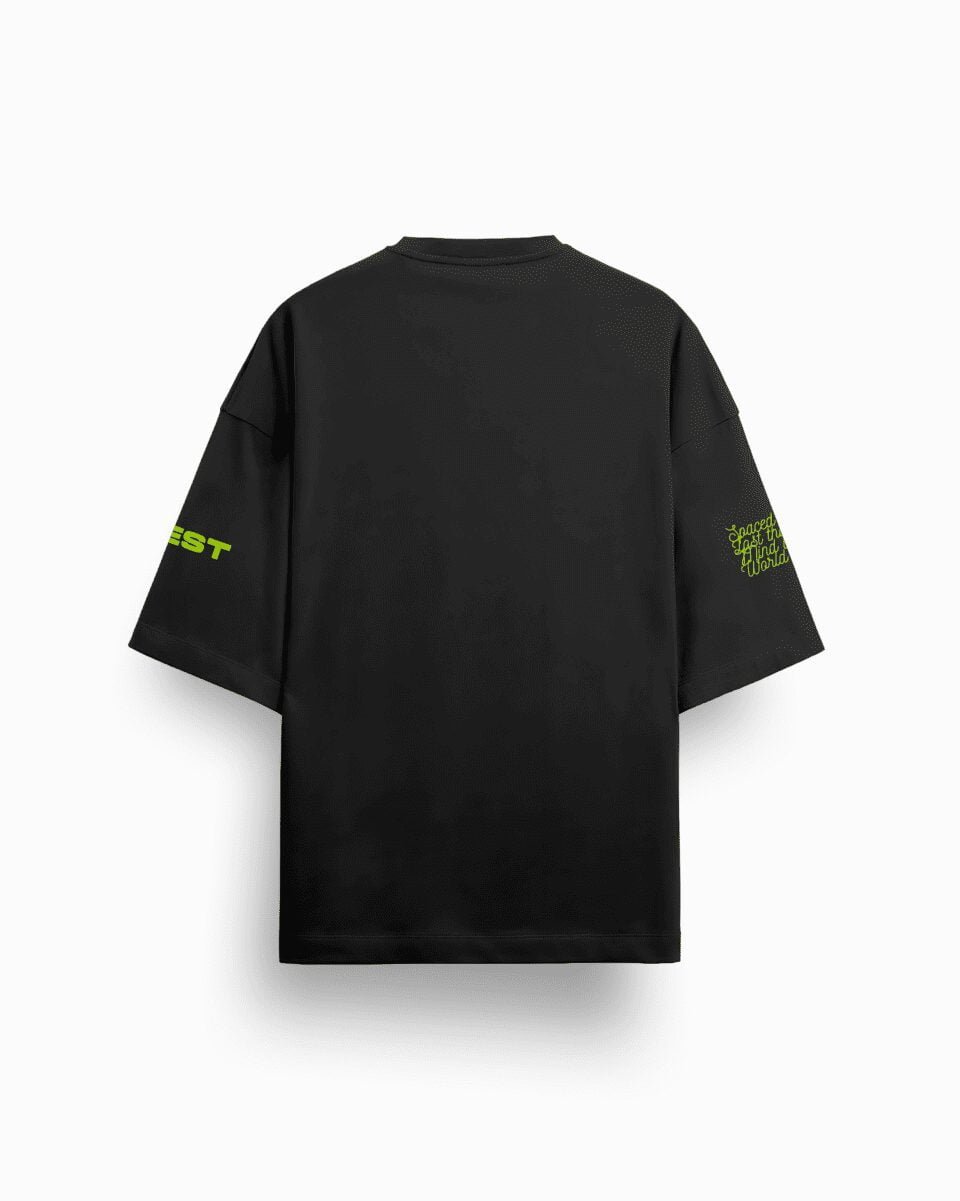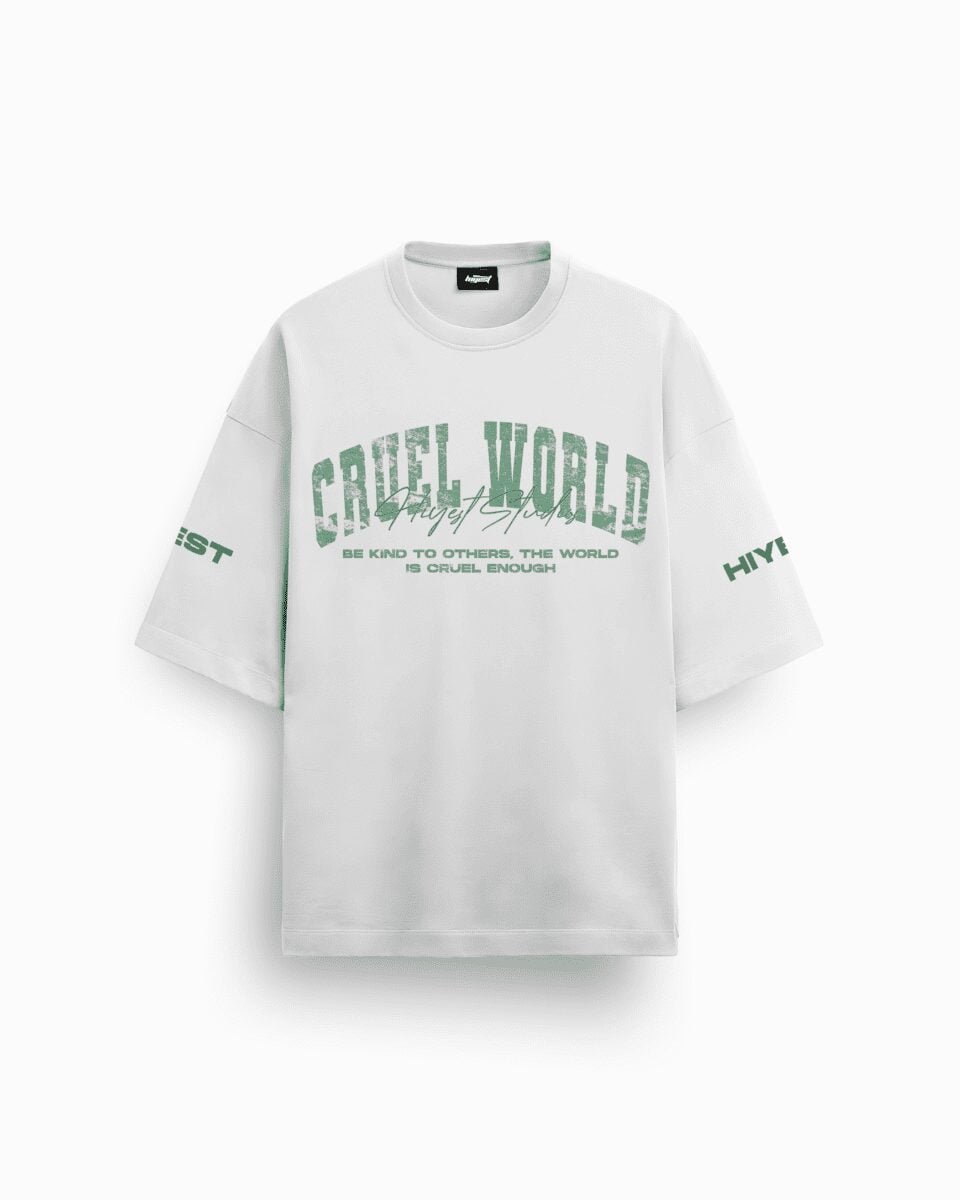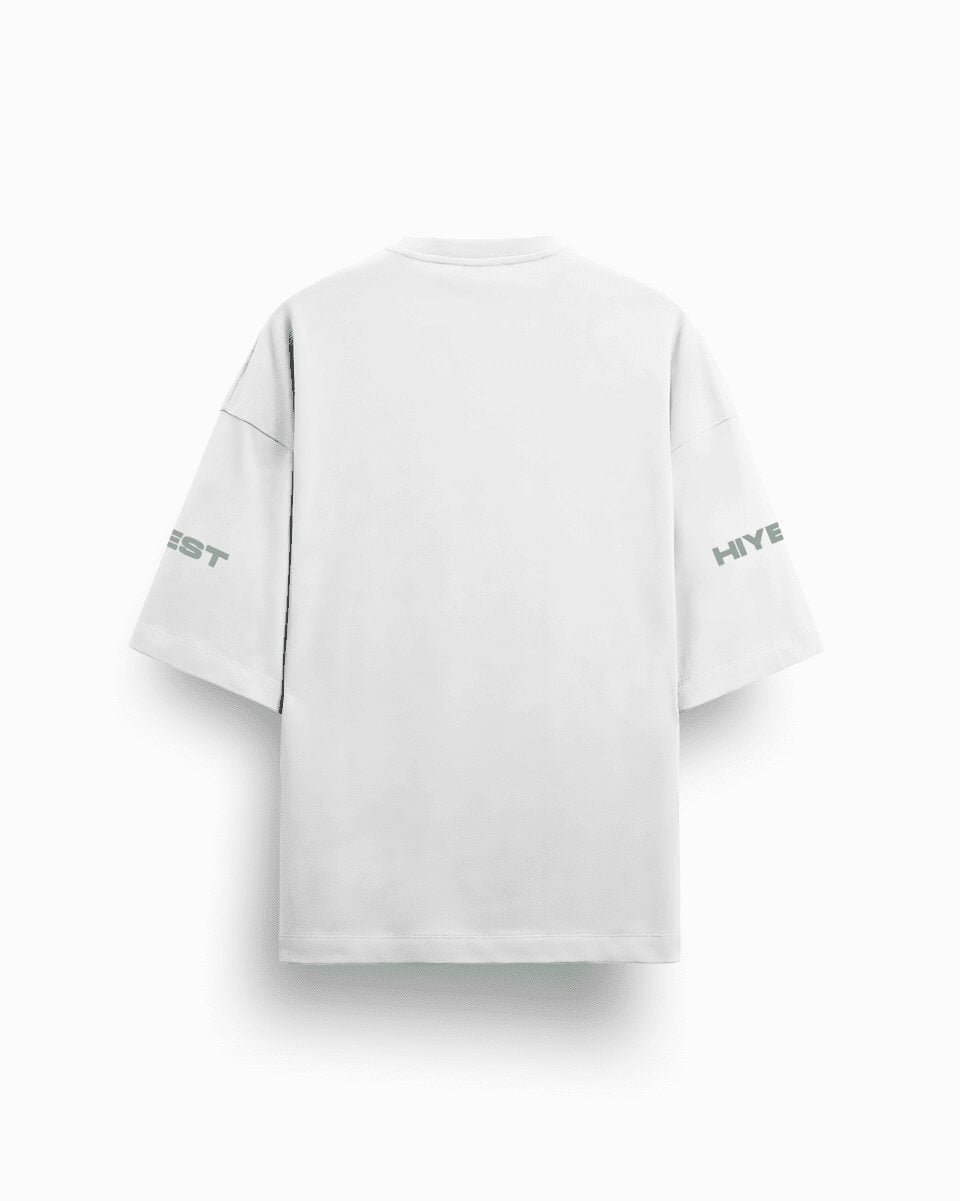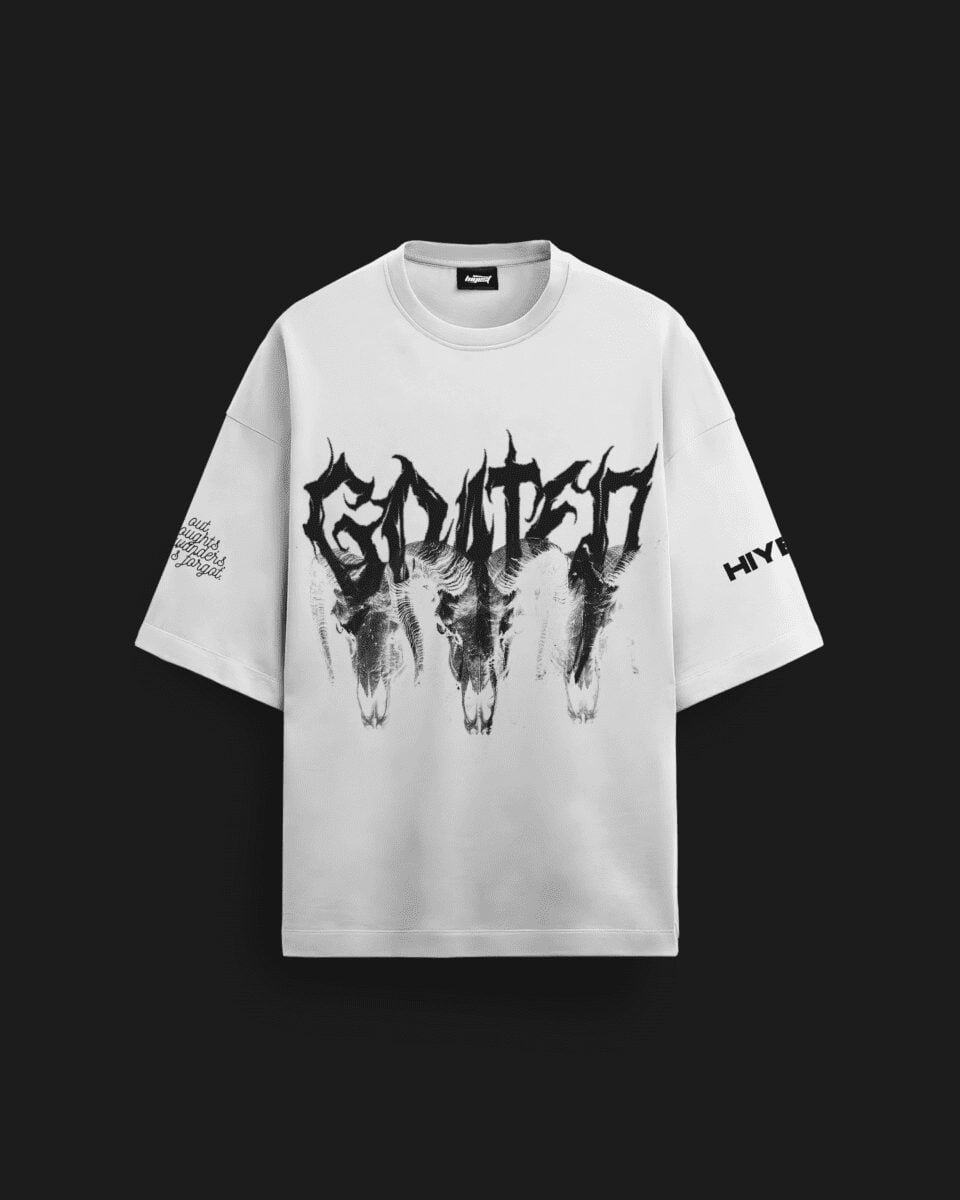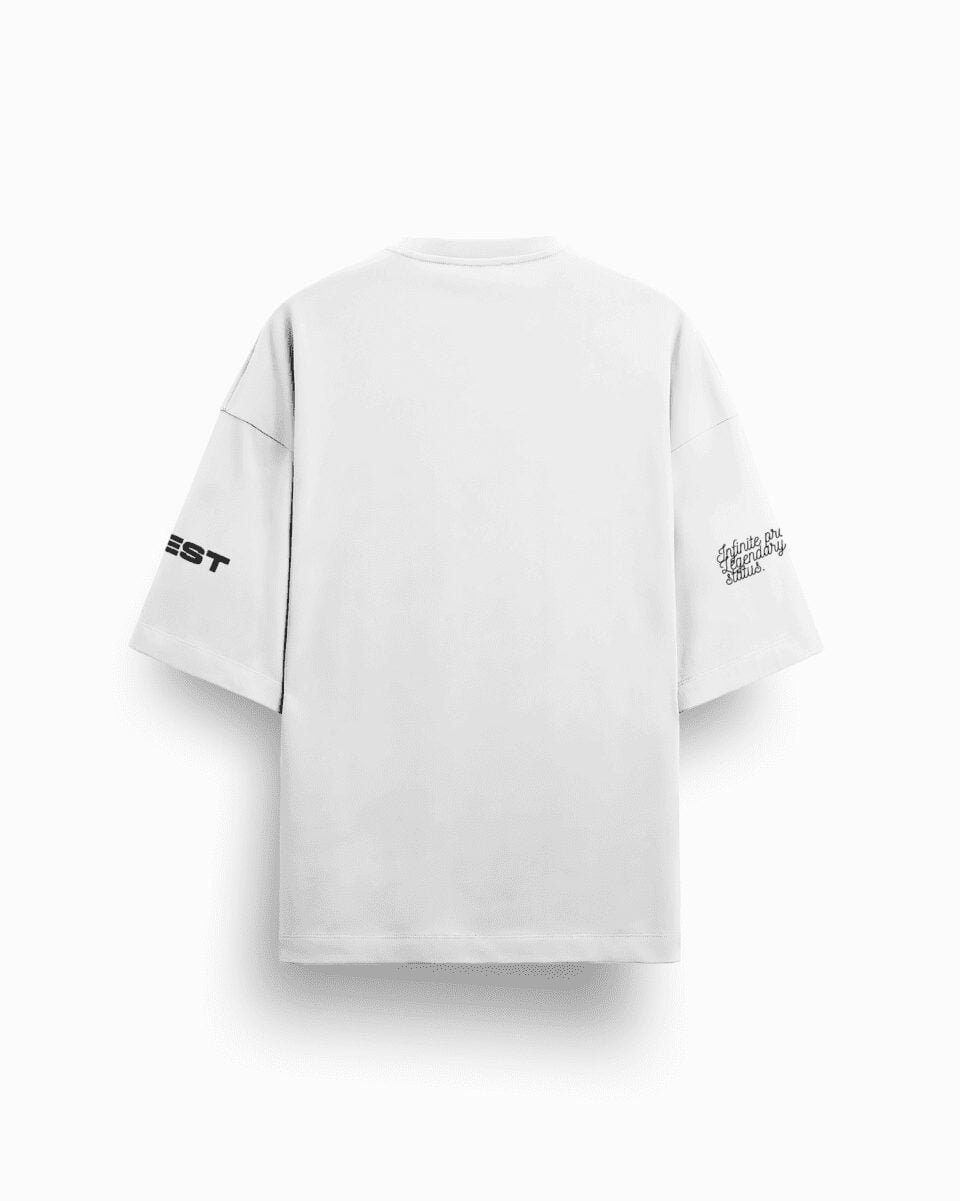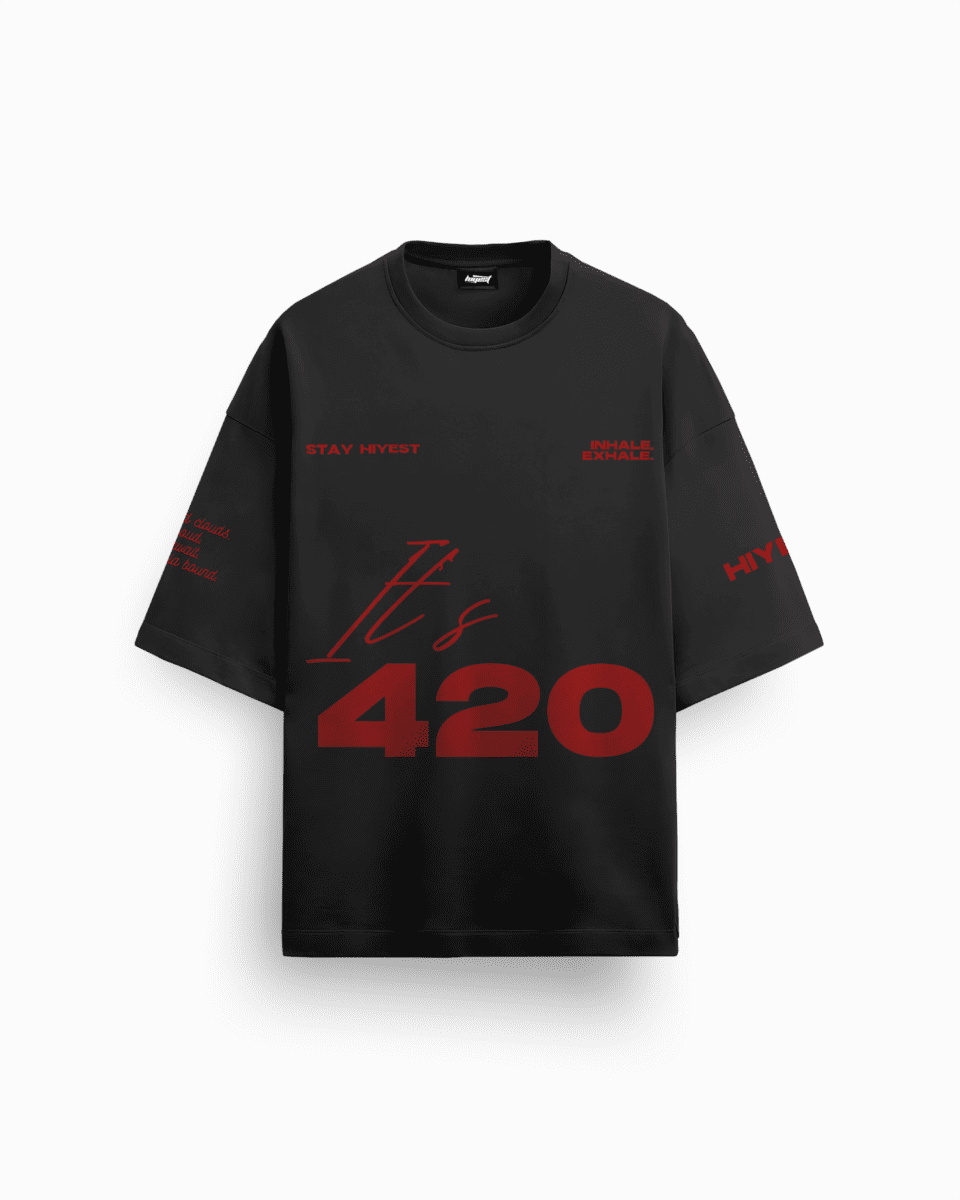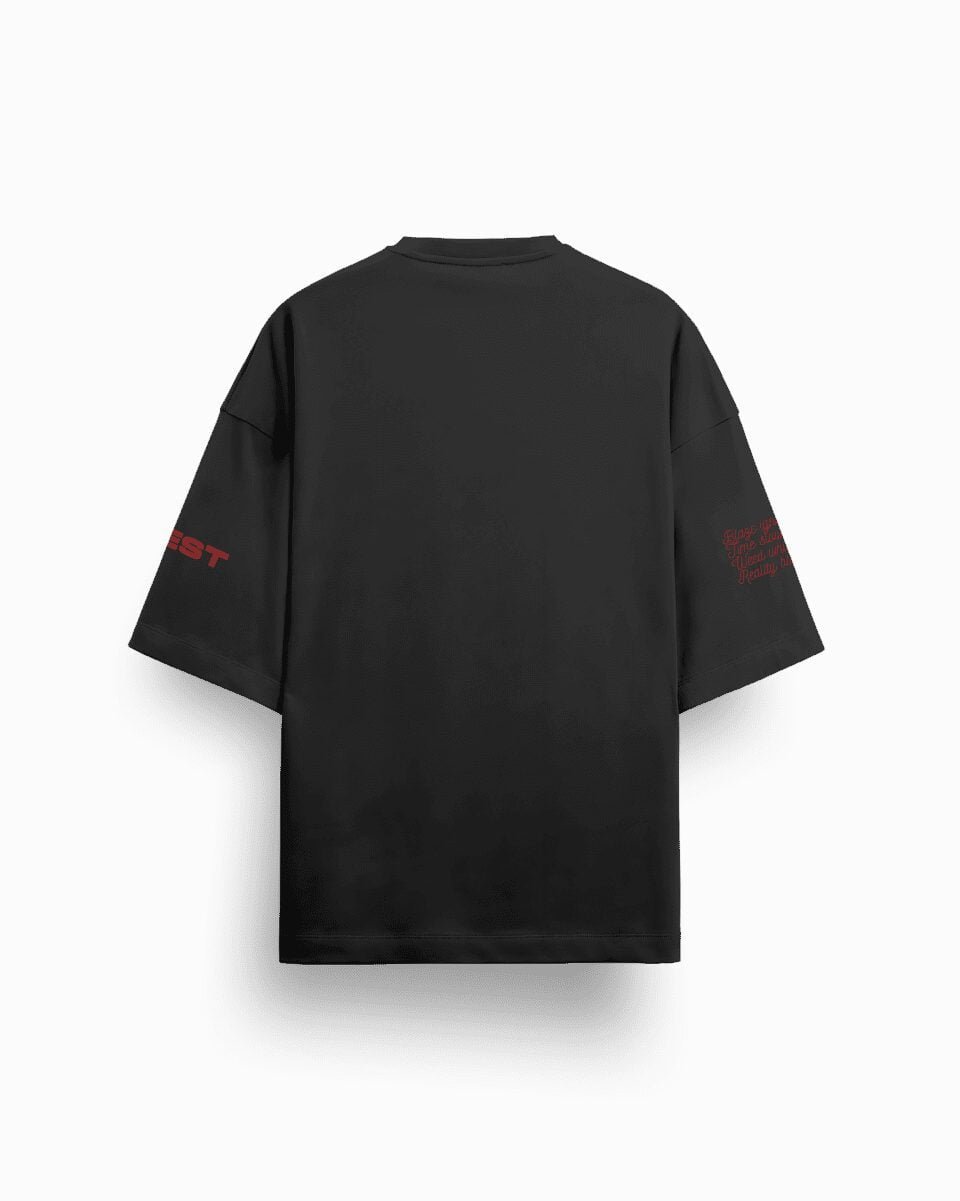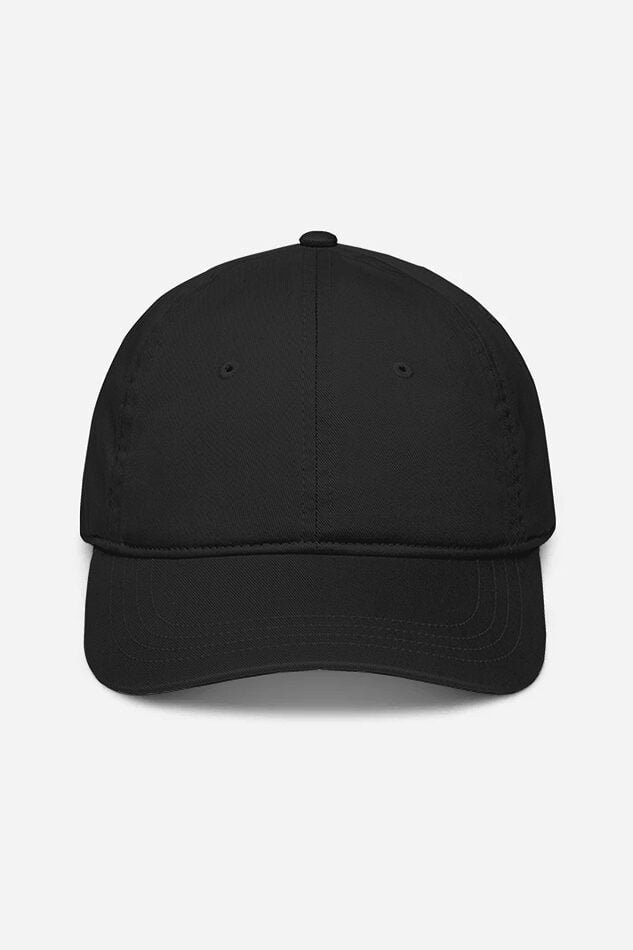DIY Streetwear vs Ready-to-Wear: Which Suits Your Style Best?
Introduction to Streetwear Fashion
In the dynamic world of fashion, streetwear stands out as a vibrant blend of urban cool and cultural heritage. Emerging from the bustling streets of 1980s New York, streetwear has ascended from a subcultural statement to a mainstream fashion powerhouse. Rooted deeply in the realms of hip-hop, skateboarding, and graffiti, streetwear fashion has grown into a global phenomenon. Today, it is as much about personal expression as it is about cultural identity, celebrating individuality through unique, eclectic styles.
Streetwear aesthetics are characterized by their bold graphics, oversized silhouettes, and casual comfort, often embodying urban fashion trends. From minimalist logos on hoodies to extravagant graphic tees and sneakers, this style holds a mirror to society's evolving outlook. The fashion world has witnessed streetwear's rise with digital fashion weeks, reporting a 30% increase in participation post-2020 (source). This revolution has paved the way for both DIY streetwear and ready-to-wear streetwear, each offering distinct avenues for fashion enthusiasts to explore.
The Allure of DIY Streetwear
What is DIY Streetwear?
DIY streetwear represents a creative and personalized approach to fashion. This trend aligns with the broader DIY fashion movement, where individuals craft their clothing pieces, infusing them with personal flair and vision. Its popularity has skyrocketed, with DIY fashion content garnering over 1.3 billion views on TikTok in 2022 (Statista). These creations often blend artistic expression with innovative techniques, reflecting a hands-on engagement with fashion that resonates deeply with both millennials and Gen Z.
Benefits of DIY Streetwear
- Personalization and Creative Expression: DIY streetwear allows enthusiasts to break free from mainstream templates and weave personal narratives into their garments. With 60% of millennials preferring personalized clothing over mass-produced alternatives (Ypulse), the allure of crafting your unique fashion statement is undeniable.
- Cost-effectiveness and Sustainability: Creating your pieces can significantly cut costs, and with sustainability becoming a fashion buzzword, DIY aligns perfectly with eco-friendly practices. Upcycling old clothes into new favorites embodies a sustainable ethos that appeals to conscious consumers.
How to Create DIY Streetwear
Step-by-Step Guide to DIY Fashion
Creating your streetwear does not need to be daunting. Here is a simple guide to get you started:
- Tools and Materials Needed: Essentials include a sewing machine, fabric paint, stencils, and basic sewing supplies.
- Techniques: Experiment with screen printing, embroidery, distressing, and patchwork to enhance your garments.
Materials Best for DIY Streetwear Projects
- Fabric Selection: Opt for durable fabrics like cotton, denim, and jersey that can handle alterations.
- Essential Tools: Invest in quality sewing kits, fabric dyes, and embellishments to bring your vision to life.
Successful DIY Streetwear Projects
Top DIY Projects for Streetwear
- Creating Custom Graphics and Logos: Transfer your art onto fabric using screen printing for a professional look.
- Upcycling Vintage Pieces: Transform forgotten wardrobe staples into modern streetwear gems.
Unique Streetwear Ideas for Personalized Clothing
-
Incorporating Personal Art and Tags: Add personal doodles or quotes using fabric pens for a distinctive touch.
-
DIY Streetwear Trend Analysis: The trend favors mixing vintage elements with contemporary flair, as showcased by fashion influencers across social media platforms.
Ready-to-Wear Streetwear: Effortless Style
What is Ready-to-Wear Streetwear?
Ready-to-wear (RTW) streetwear offers fashion lovers pre-designed garments that are effortlessly stylish and immediately available. Encompassing a significant market reach, RTW appeals to those looking for the latest trends without the wait or effort of creating from scratch. In 2023, RTW streetwear sales surged by 15%, reflecting its growing popularity (NPD Group).
Benefits of Ready-to-Wear Streetwear
- Professional Design and Quality Assurance: These pieces boast expert craftsmanship and meticulous attention to detail, ensuring top-notch quality.
- Availability of the Latest Trends: Ready-to-wear collections are seasonally updated, keeping you ahead in the fashion game.
Exploring Designer Streetwear Brands
Top Streetwear Brands to Explore
- Explore high-end labels like Supreme and newer brands like Off-White, both innovators in the streetwear domain.
- Where to Buy Ready-to-Wear Streetwear: Platforms like Hiyest, known for their hoodies, oversized t-shirts, and jackets, offer a wide variety of ready-to-wear streetwear options.
Streetwear Styling Tips for Beginners
- Balancing DIY Pieces with Designer Streetwear: Create a cohesive look by harmonizing handcrafted items with designer staples. Experiment with mixing patterns, colors, and textures.
- Streetwear Outfit Inspirations: Draw inspiration from celebrities and fashion influencers, adapting their styles to suit your personal aesthetic.
The Future of Streetwear Fashion
How is the Streetwear Industry Evolving?
The streetwear industry is rapidly evolving, influenced immensely by digital trends and virtual fashion shows. As the market is projected to reach $320 billion by 2025 (BOF), sustainability and social media are driving a shift towards conscious and immersive fashion experiences. The role of influencers is monumental, with 79% of Gen Zers citing social media as a significant influence on their fashion decisions (McKinsey).
Sustainability in Streetwear Fashion
Adopting eco-friendly manufacturing practices is more than just a trend; it's an imperative movement. With 35% of consumers favoring sustainable fashion choices (Forbes), streetwear brands are increasingly investing in ethical resources and production techniques.
Comparing DIY vs Ready-to-Wear
Key Differences and Similarities
- Customization vs Convenience: DIY streetwear offers unparalleled customization, enabling creativity. Conversely, ready-to-wear emphasizes convenience and availability, providing instant fashion gratification.
- Cost and Time Efficiency: DIY is often more cost-effective, while RTW saves time but can be more expensive.
Conclusion: Making Your Choice
Evaluating What's Right for You
When choosing between DIY and ready-to-wear streetwear, consider your budget, time, and creative inclination. Are you eager to express your creativity with unique garments, or do you prefer the ease of purchasing trendy pieces? Each path leads to personal style.
Incorporating Streetwear into Your Wardrobe
For beginners, start small by integrating a mix of DIY projects and ready-to-wear items to explore different facets of streetwear. Embrace the journey of discovering your aesthetic, turning style evolution into a personal narrative.
FAQs
- What makes streetwear unique compared to other fashion styles? Its distinct blend of culture, individuality, and adaptability makes streetwear unique.
- How can I start making my own streetwear? Begin with simple DIY projects focusing on customization and personalization.
- What are some budget-friendly streetwear DIY ideas? Use upcycling techniques, employ inexpensive materials for patchwork, and take inspiration from online DIY communities.
Additional Resources
- Online Communities and Workshops: Platforms like Reddit and Facebook Groups offer support and inspiration for DIY enthusiasts.
- Inspiration Galleries and Tutorials: Websites like Hypebeast provide a plethora of visual and instructional content to fuel your creativity.


